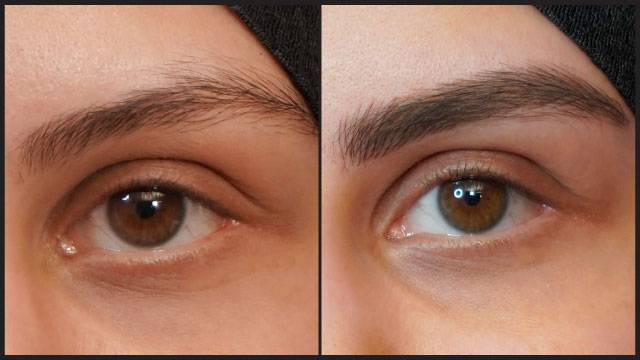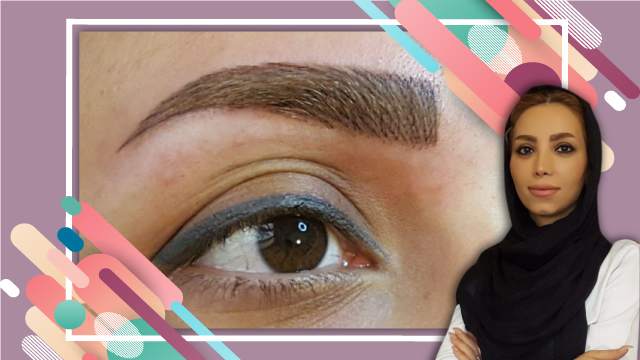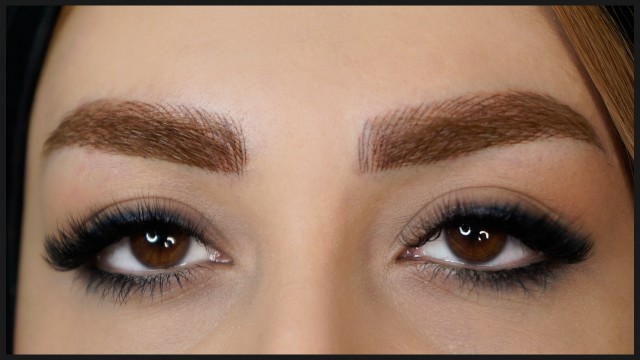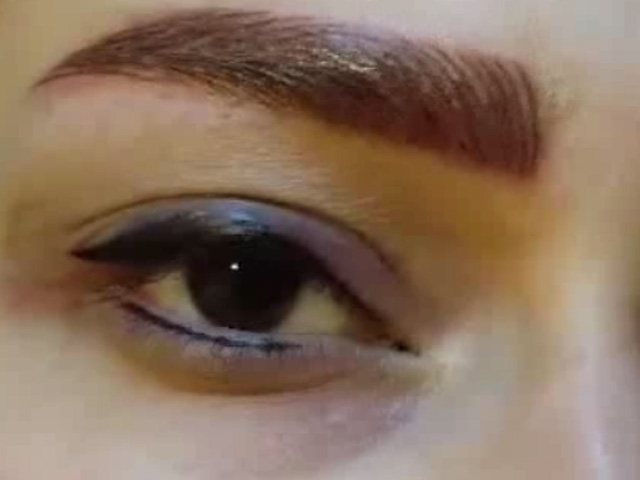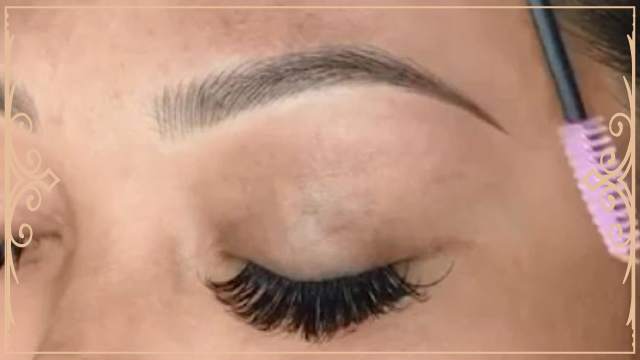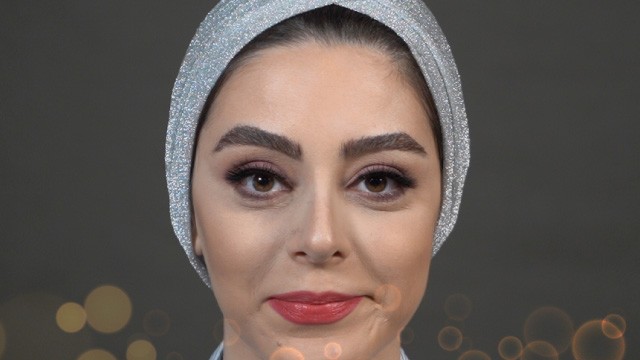Overview Of Eyebrow Hair Strokes - Types & Implementations
In this tutorial, we will cover different hachure methods and their implementations. This tutorial was provided by Mrs. Shaghayegh Ghanbari. To receive more information or to join our classes, please contact us at or .
Instructions:
Greetings. I’m Shaghayegh Ghanbari. I’m a skin and Micro-pigmentation, expert and instructor. I want to talk to you about different types of eyebrow hachure.
Overall, there are two methods to implement eyebrow hachures. First, there’s Micro-pigmentation hachure done with electronic probes and then there are Micro-blading hachures which are done using handheld devices.
Hachures have different types as well. Examples of these types include 2D hachures on the crown of the eyebrow where the hachures are pointing up. These hachures will turn upside down as soon as you reach the spine line on the eyebrow. These lines are all linear, connected, and the method is suitable for a Micro-pigmentation probe. There’s also 3D hachures where the lines aren’t connected to each other, are made of multiple smaller lines side by side, usually with a slight angle and look very natural. The lines are all drawn with attention to the spine line of the eyebrows to increase their volume and help create a very natural look.
We also have another type of hachure method usually suitable for teenagers and young girls where the hachures in the crown area of the eyebrow are drawn in an irregular pattern to mimic the natural pattern of eyebrow hair strands, in contrast to the 3D hachure method where they are drawn in unison. You could draw all the hachures upward if they are compatible with the natural style of hair growth in their eyebrow. There’s also eyebrow highlights where the hachures are drawn using dark shades and further apart. The space between each dark hachures is filled in with lighter colors. It’s important to note that this method doesn’t look natural and I won’t recommend it.
Another type of hachure method is combined hachures. This type is usually a mixture of hachures and shadows. Traditionally, hachures were applied to the crown area and the rest of the eyebrow from the tail to the crown was filled using shadowing techniques. There’s another method, which looks more natural, and it’s implemented by applying hachures across the eyebrow and then starting at the tail of the eyebrow to apply your shadows towards the crown. In this method, you will have the lightest effect towards the crown and above the eyebrow, and on the crown area and under the eyebrow you’ll have the darkest shades.
The third method used for combined hachure method is to apply hachure across the eyebrow and they focus the shadowing process on the spine line. You will have the highest color density on the spine line, and as you move toward either side, the color density is reduced. You’ll have the least color density above and below the eyebrows.
Now let’s move on to the most famous hachure method that is commonly used these days. This method was first invented by Mr. Branco Babic and produced by Phi company and is called PhiBrows. This method is based on drawing hachures based on the natural patterns of hair growth across the eyebrows and the relation and symmetrical position of eyebrows on the face. In this method, the design is not based on what the client wants, rather it’s based on the nature of the face with regard to the golden ratio. PhiBrows technique also includes different methods of implementation and can differ based on the form and position of the spine line on the eyebrows. It’s possible for all the hachures to point upwards and for the spine line to be at the top of the eyebrows.
There are many techniques for applying hachures with different names. However, what is important, is compatibility of the hachures with the natural pattern of hair growth on the eyebrows to preserve the natural look on the face.
I hope you have enjoyed this tutorial. Thank you for being with us.
